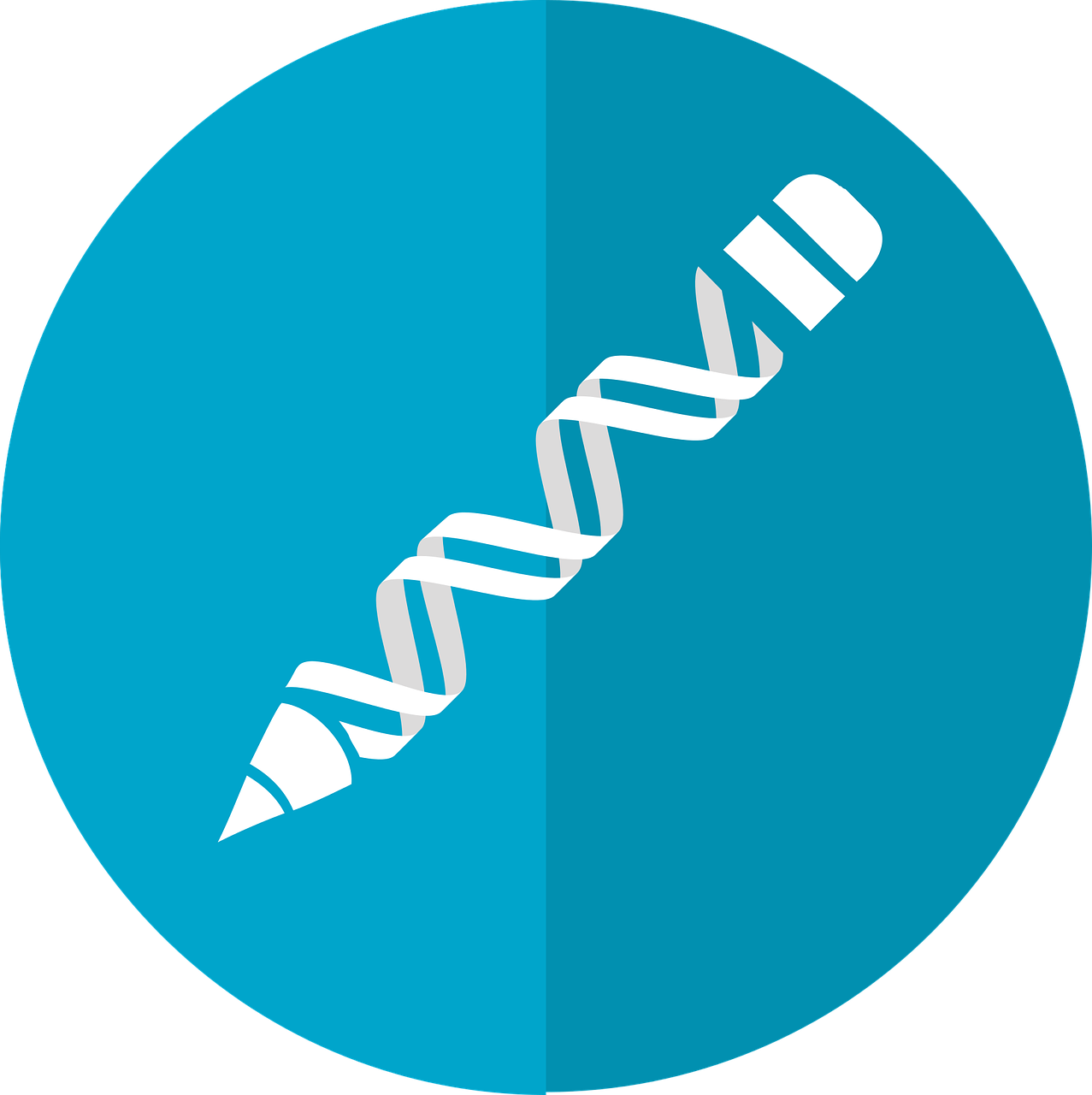
November 29, 2018, by Brigitte Nerlich
Making science by publicity stunt: The case of the CRISPR babies
Science is supposed to be a public, systematic, consensible, evidence-based and collaborative enterprise. It’s also supposed to be carried out responsibly, not recklessly. Making science in public and making science public are complex processes. Making public science normally doesn’t consist in presenting fellow-scientists and members of the public with a ‘fait accompli’.
This is however what happened recently when Jiankui He announced that he had created genome edited babies. This occurred just before the Second International Summit on Human Genome Editing in Hong Kong.
Hundreds of articles, thousands of tweets, dozens of blog posts have been written about this event. These two twitter streams on CRISPRbabies and GenomeEditSummit provide you with the details.
There is nothing much I can add to all this. Most scientists reacted by being ‘sceptical’, ‘shocked’ or ‘ashamed’, apart from George Church who attempted to defend this endeavour, if indeed it is real. Looking at the timeline, from inception of the ‘experiment’ to the present and into the future of the babies, there seem, however, to have been so many breaches of regulation, ethics and care that it seems almost impossible to defend something that’s basically indefensible.
When I first heard about this, I thought this was ‘fake news’, then I thought it was an elaborate stunt to make participants in the Genome Editing Summit think about Responsible Research and Innovation. Now I am not sure what to think.
One thing ‘it’ was though was a publicity stunt. But to what purpose? Self-destruction? Science-destruction? Trust-destruction? The stunt, whatever it might be, has certainly backfired. Or has it? It has created a lot of discussion about human germline editing, which would, under normal circumstances, have remained quite sedate and relatively abstract. This made the topic public and also the various regulations worldwide surrounding such interventions.
Making science as a publicity stunt
How was this stunt performed? This is interesting. Not through peer-review or other normal scientific channels, but through the posting of a YouTube video, followed by an actual talk at the genome summit! This provoked extensive media coverage on traditional and online media, including more YouTube videos! I’d love to see some studies of the comments underneath the videos!
As Martina Franzen, media sociologist of science, pointed out in a tweet: “Yesterday, ‘science by press conference’ #cloning. Today, ‘science by Youtube’ #crispr”. But is this way of making science public or making science in public really bad? Isn’t this something we all have to strive for now in an era of open science and public engagement?
More or less at the same time as Martina tweeted her tweet, Sarah Chan, who wrote one of the many insightful blog posts on this affair, tweeted “Lap-Chee Tsui: the #GeneEditSummit livestream had up to 1.8million viewers. Digital & social media transforming the institution of science!” Success!
Lessons
So, what lessons can be learned from all this?
First: if you want to carry on doing science, don’t damage your credibility by pulling a publicity stunt. That’s bad for the scientist(s), for science and for public trust. We know this from other science scandals. We should be able to learn from the past.
Second: Sharing science online only works when it respects the ethos of science and the ethos of scientific engagement with society. For science to be public and consensible knowledge, as John Ziman defined it, we have to treat both science and society with care. Most importantly though, society has a duty to provide the conditions for this to happen. Over to policy makers!
No comments yet, fill out a comment to be the first

Leave a Reply